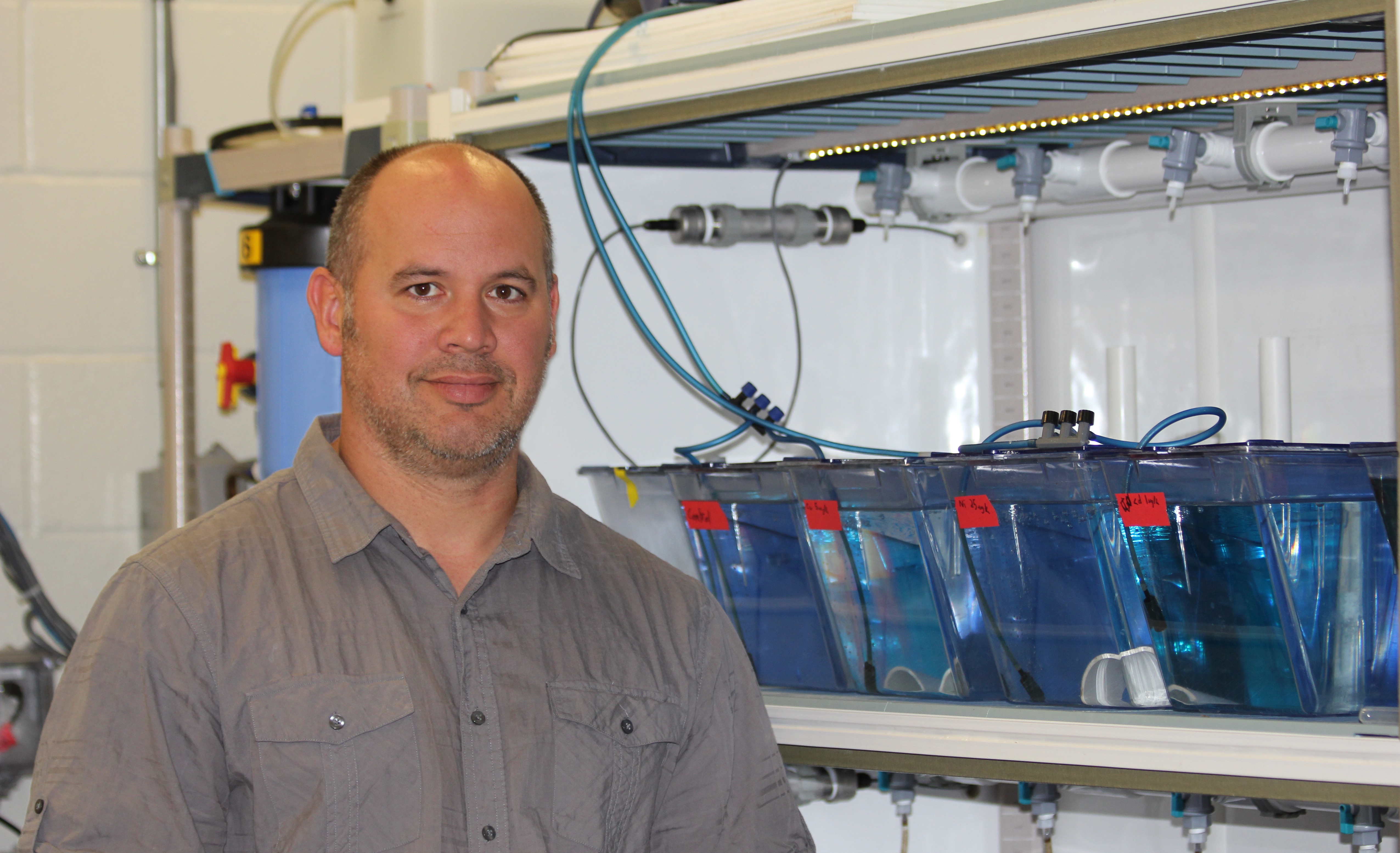As the treads on tires wear down, small particles of rubber fall off onto roadways where they react with oxidants such as ozone. And when it rains, these particles get flushed down storm drains and into waterways where they can be toxic to certain species of fish.

“For some time now, we’ve seen coho salmon along the west coast of the United States die after rainfall events,” says Dr. Steve Wiseman, a University of Lethbridge biology professor and Canada Research Chair in Aquatic and Mechanistic Toxicology. “Research suggested that tire-related chemicals might be responsible for this.”
These sloughed-off particles contain a chemical compound called 6PPD, which becomes 6PPD-quinone when it interacts with ozone. In addition to previous research showing that small amounts of the chemical are toxic to coho salmon, another study showed that zebrafish and Japanese medaka can tolerate high amounts of the compound.
Wiseman, along with Drs. Markus Brinkmann and Markus Hecker at the University of Saskatchewan, wanted to know if the compound was toxic to other fish species, too, especially to commercially, culturally and ecologically important fishes.
“We exposed juvenile brook trout, rainbow trout, Arctic char and white sturgeon to varying levels of the chemical,” says Wiseman. “Even small concentrations were fatal to brook and rainbow trout, but none of the Arctic char and white sturgeon died after four days of being exposed to high levels of the compound, similar to concentrations that are found in storm water during a rainfall event. This is the first study to demonstrate acute toxicity of 6PPD-quinone — at environmental-relevant concentrations — to a species other than coho salmon.”
The research team has received funding from Alberta Environment and Parks to investigate concentrations of 6PPD-quinone in storm water in Lethbridge, Calgary and Edmonton. In addition, the team will look at other fishes in the salmon family for their sensitivity to the compound.
The project was partially supported by a financial contribution from Fisheries and Oceans Canada, NSERC, Western Economic Diversification Canada, the Canadian Foundation for Innovation, NSERC’s Banting Postdoctoral Fellowship program, the Canada First Research Excellence Funds and the Canada Research Chairs program.
The Research Support Fund supports a portion of the costs associated with managing the research funded by the Canadian Institutes of Health Research, Natural Sciences and Engineering Research Council and Social Sciences and Humanities Research Council, such as salaries for staff who provide administration support, training costs for workplace health and safety, maintenance of libraries and laboratories, and administrative costs associated with obtaining patents for inventions.
